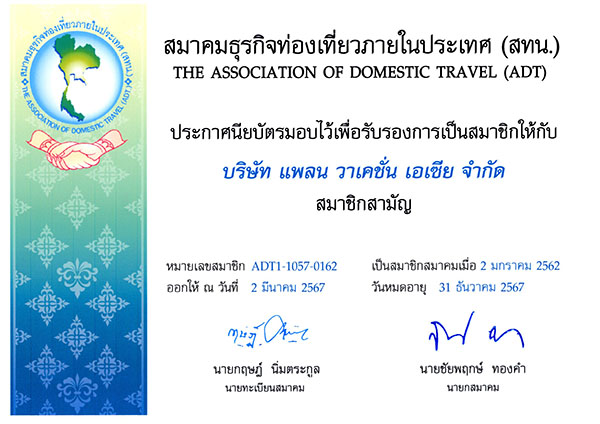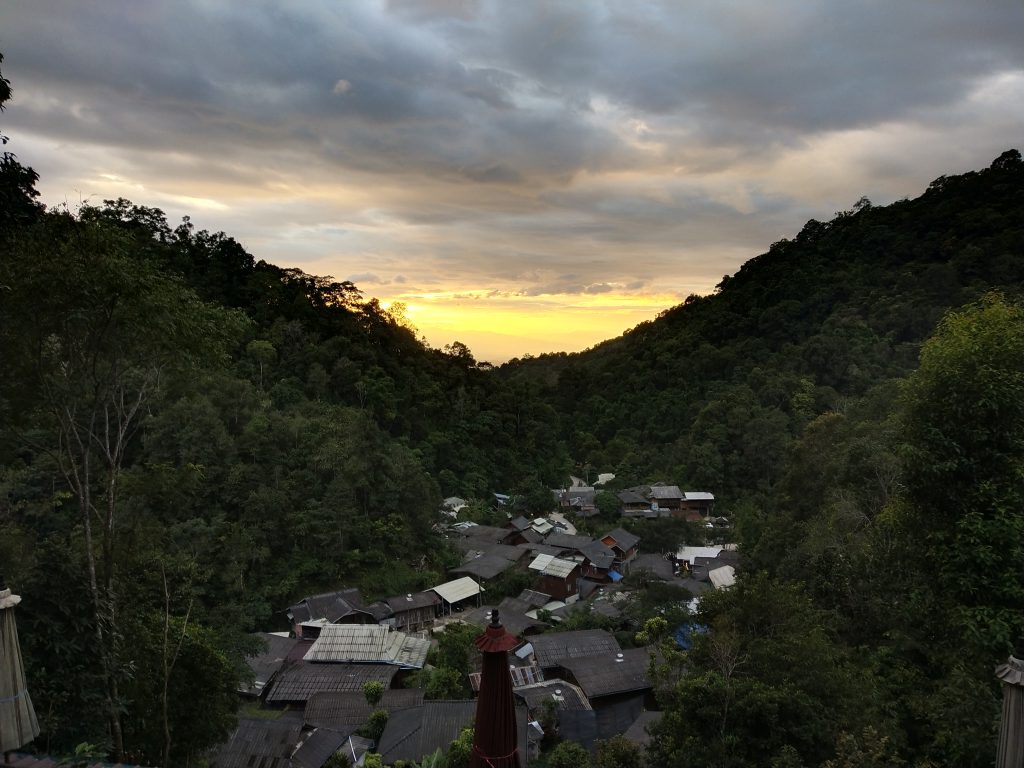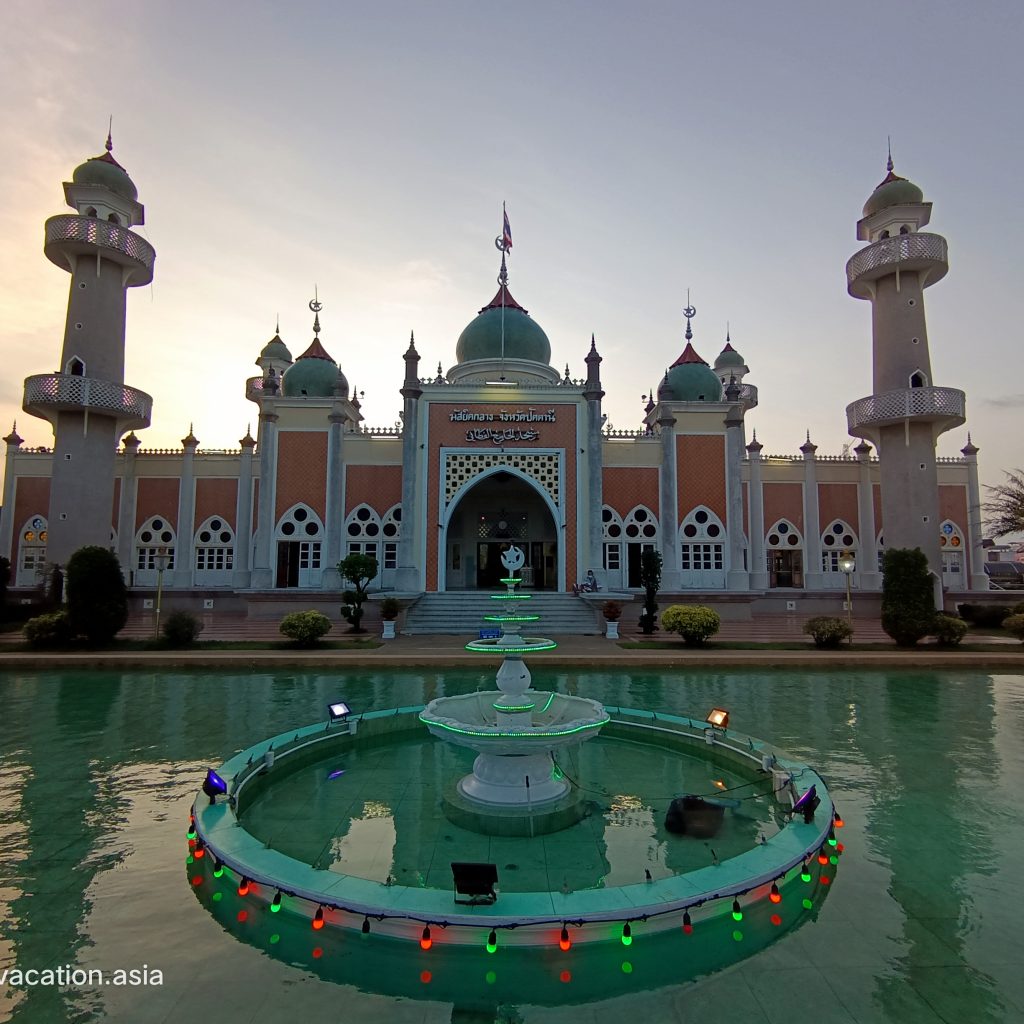PLAN FOR TOUR SURE FOR TRIP
Check Our Best Destination
Belief and faith are things worth exploring.
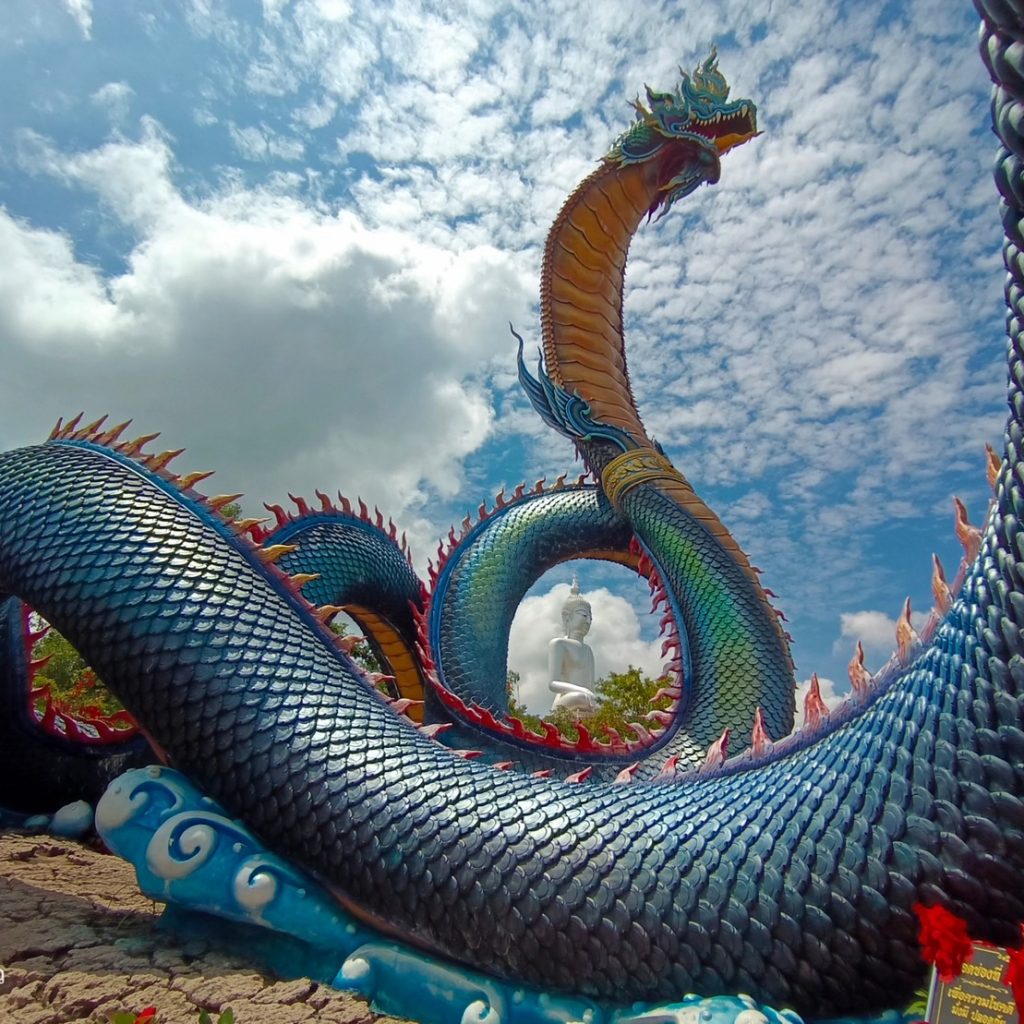
Culture and history can indicate stories which you can discover. Traveling will allow you to learn how interesting different people and living things are. Everything is not only visible to the naked eye, but local guides tell those stories through their experience, knowledge, and feelings.
Nature, forests, mountains and seas, including various animals are waiting for you to discover. You can find these transmissions unobtrusively. We will treasure every moment and memorized with photographs. Will eventually we will produce the carbon balance at the end of the journey.
We are ready to lead you to find them.
Plan Vacation Asia Team
Wir sprechen Deutsch und Englisch

Plan Vacation Asia Team
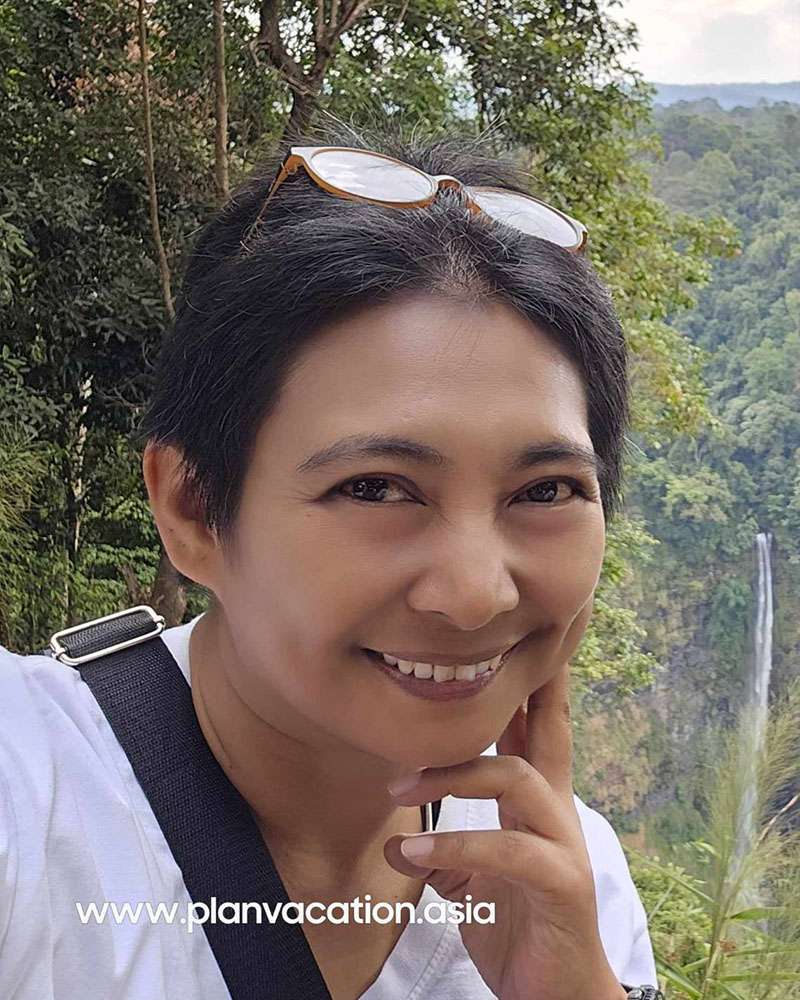
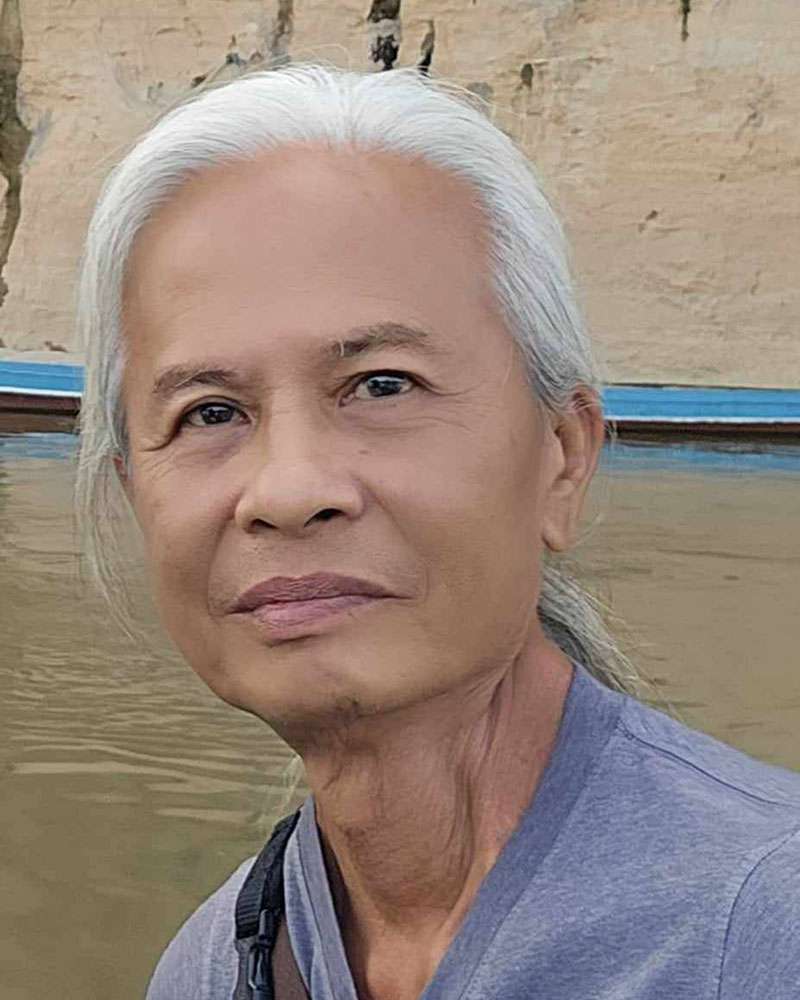
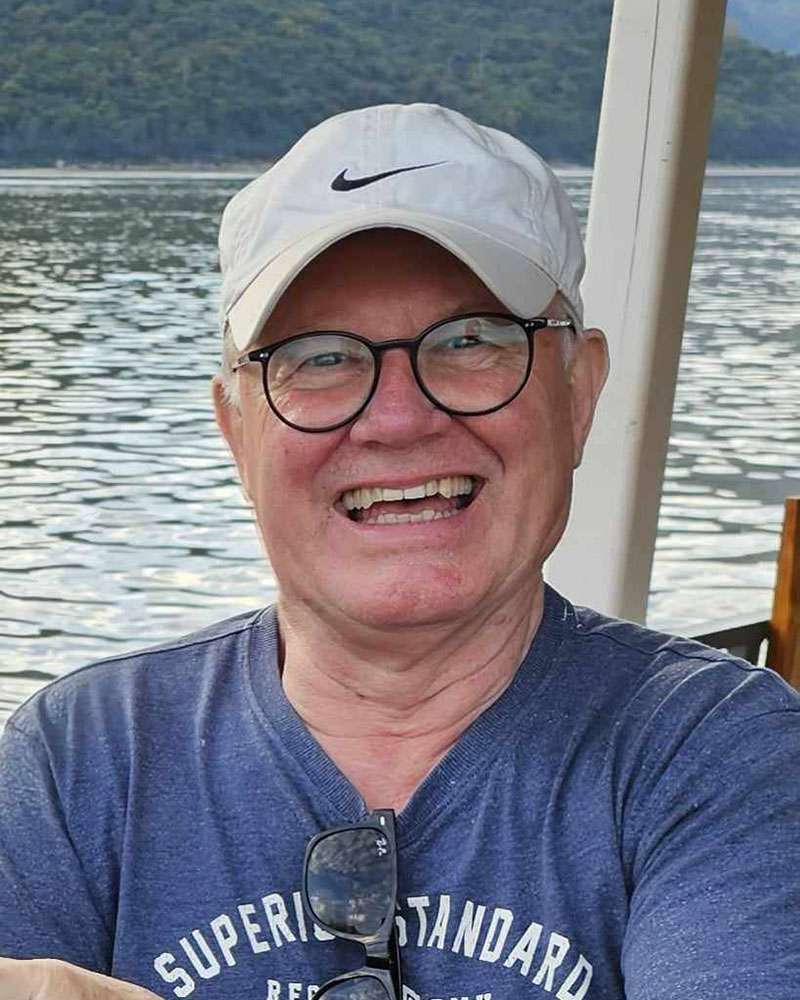
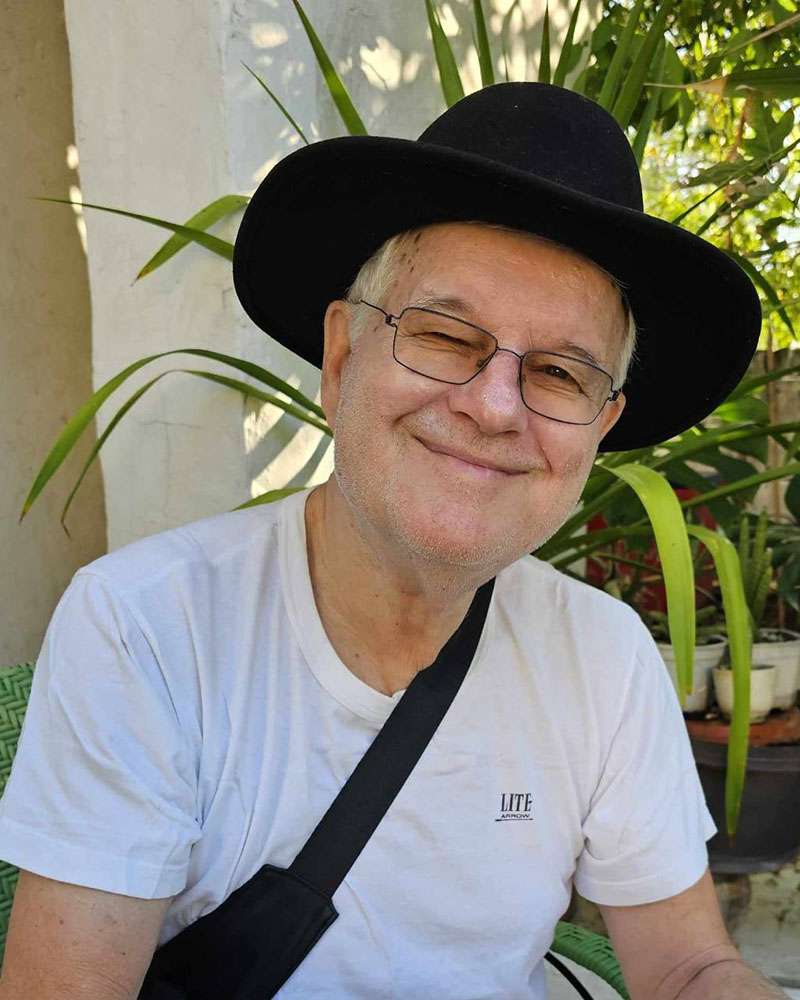
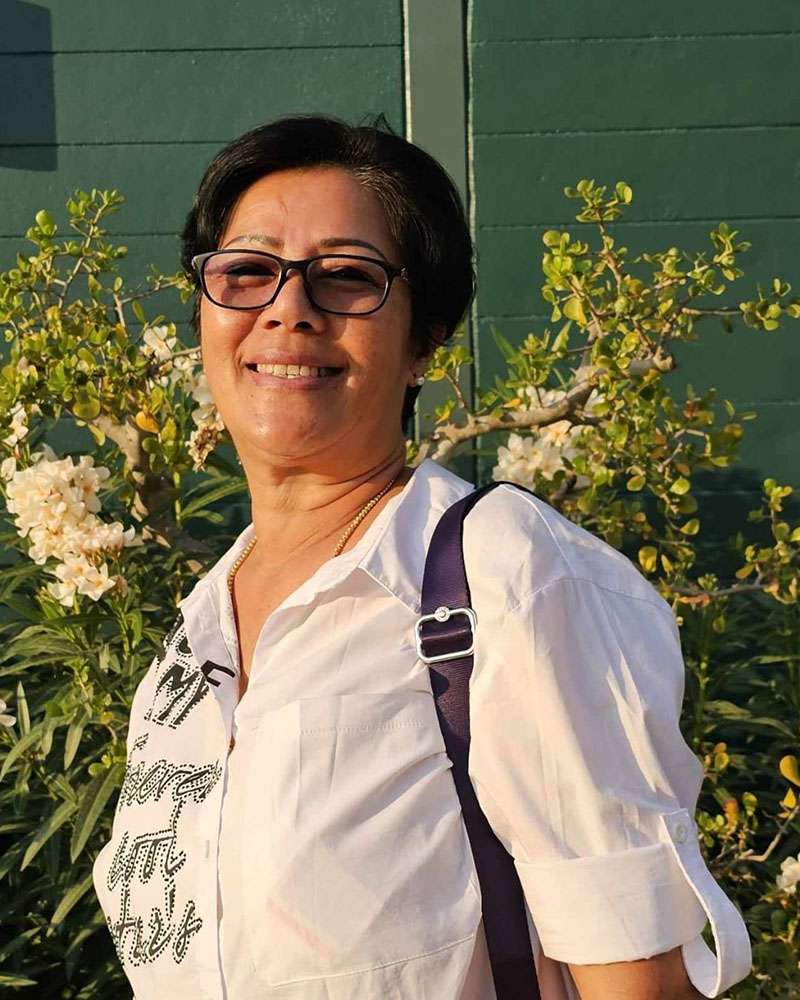
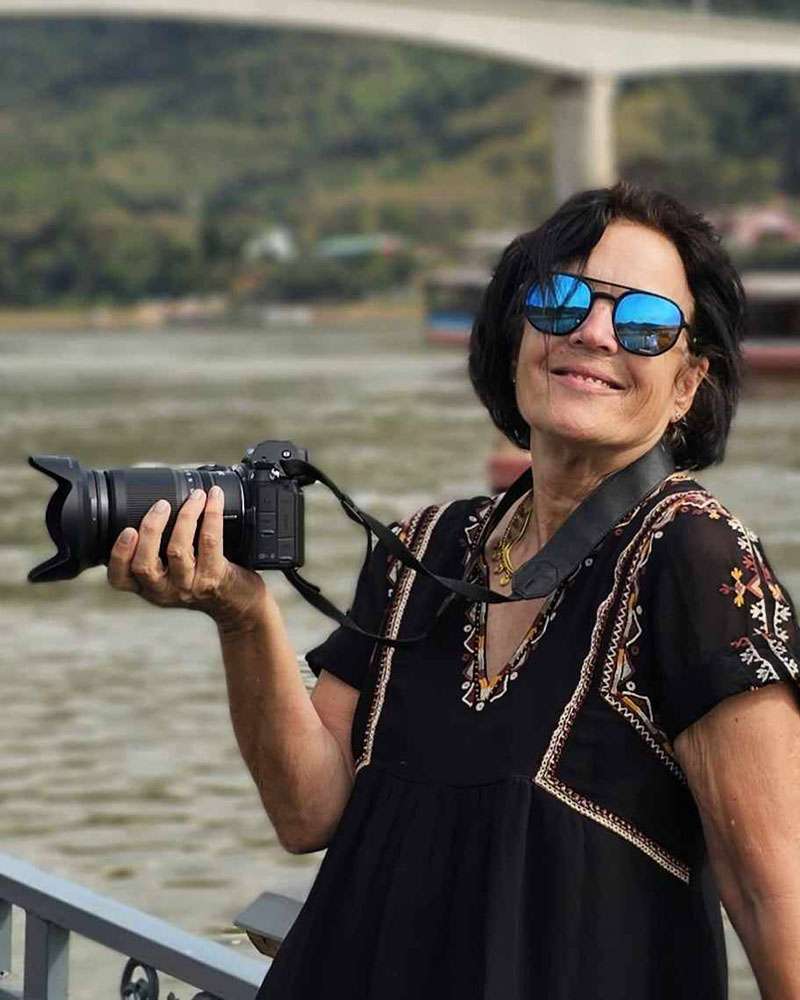
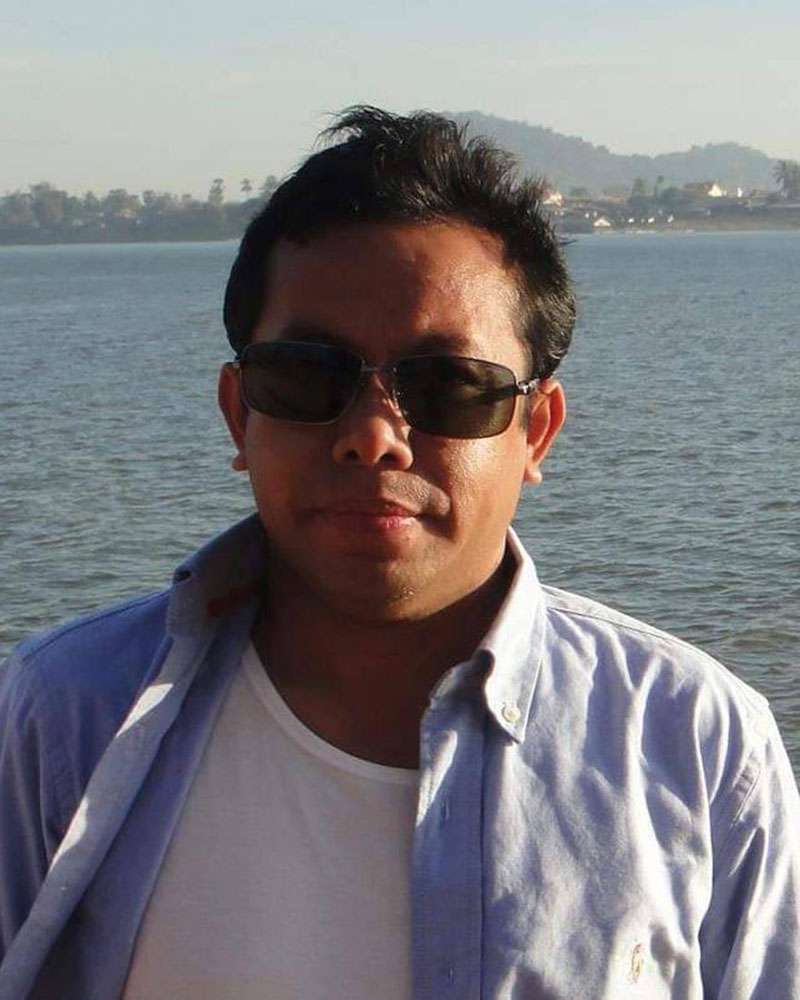
Bangkok Day Trip and surrounding
Thonburi Klong Tour & Grand Palace (Combine trips)
Thonburi Klong Tour & Grand Palace (Combine trips) 01 Jan 2023 – 31 DEC 2024 08:00 - 14:00, 6 hrs. Photo Friendly ItineraryWe will start
City And Temple Tour in Bangkok
City & Temple Tour in Bangkok 01 Jan 2023 – 31 DEC 2024 Photo Friendly OverviewA drive through major parts of Thailand’s capital city with
Thai flowers decorative – DIY – Flower Market (3 hours)
Thai flowers decorative - DIY - Flower Market (3 hours) 01 Jan 2023 – 31 DEC 2023 Start: 08.30 AM. End: 13.15 PM. 4 Hours
World War II Memorial & Death Railway Train Ride
Kanchanaburi & River Kwai One Day Tour Bangkok / War Cemetery / Bridge over the River Kwai / Death Railway / Erawan Waterfall / Elephant
Damnoen Saduak Floating Market – Kanchanaburi Bridge
Damnoen Saduak Floating Market - Kanchanaburi Bridge Over The River Kwai Bangkok / Train Market / Damnoen Saduak / War Cemetery / Bridge over the
Ayutthaya One Day Tour
Ayutthaya One Day Tour OverviewTake a tour to the must-see attraction in Thailand: the ruins of the former capital, Ayutthaya. Thai capital for 417 years,
Bangkok Experience
Western Of Thailand
Our Certificate

